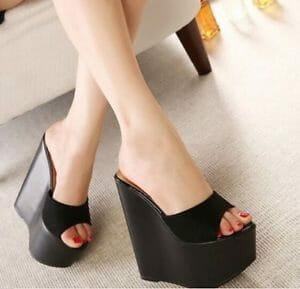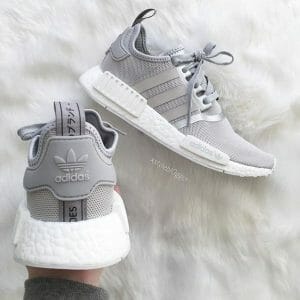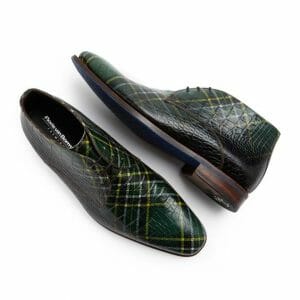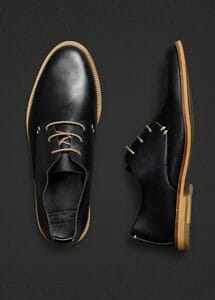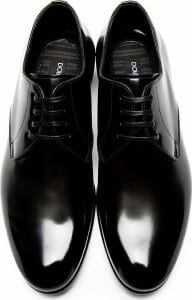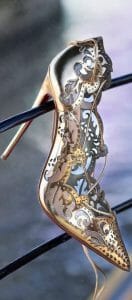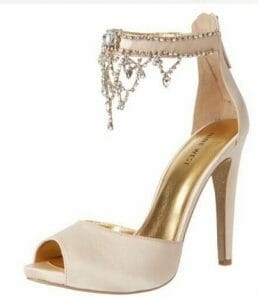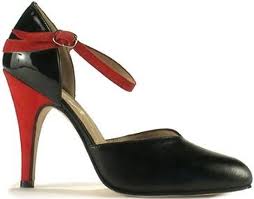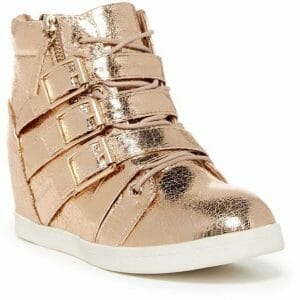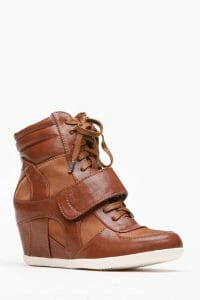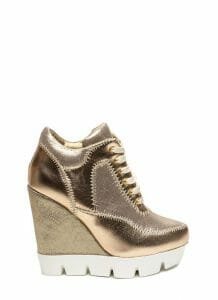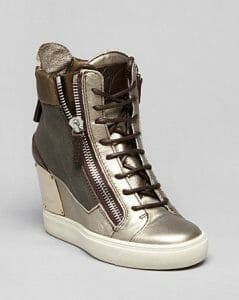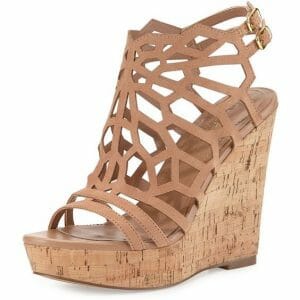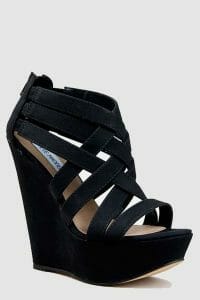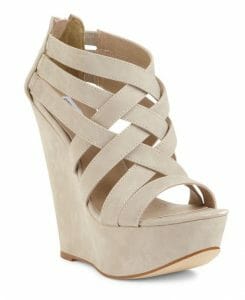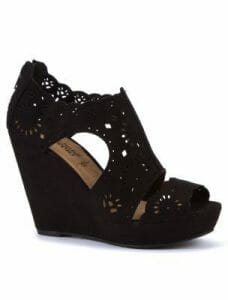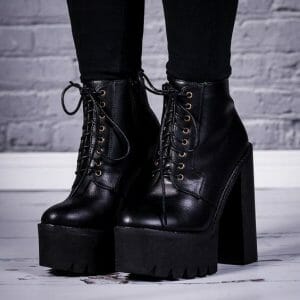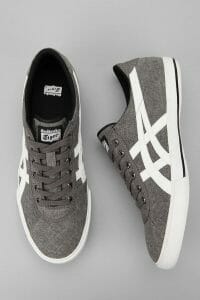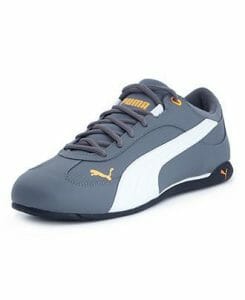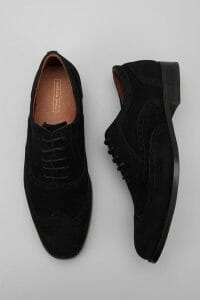I seem to talk with people more about shoes than about dancing…
Do I have to wear high heels?
What about this pain right here?
Where should I go to buy shoes?
What’s the best kind of shoe I should wear?
Shoes always do more than protect us from the floor. They are, as we say, oversignified. Shoes are always part of our fashion expression, and we know they may communicate class status. In addition to these dimensions, fellow dancers regard our shoes with great care, assessing our experience and prowess from the choices we have made and the wear we have put on them.
If you need to know about CLOTHES and what to wear, that’s a separate post.
My rebel tango position on shoes is that you should wear whatever makes you feel sexy. I believe that tango needs to be more contemporary and fashionable so it doesn’t get stuck as a cliché and relic. I want people to dance, so I want tango to appear as relevant to a lot of different cultural contexts.
I see no reason whatsoever to wear technical dance shoes, and several reasons not to. Like clothing, there are a few functional requirements, but many non-dance shoes meet these requirements, while looking and feeling much better than tango shoes. Here’s my rant about the lack of fashion in women’s tango shoes.
Another problem with tango shoes is the incredibly poor service provided by tango shoe companies, while charging premium prices. Outside of Buenos Aires, selection is very limited. Customers who order shoes are often frustrated by long waits, ill-fitting shoes, and uncommunicative and defensive vendors. When any shoe repair shop can resole your shoes with leather, suede, or dance chrome, why bother? Here’s my Guide to getting “custom shoes” made in Buenos Aires
I encourage my students to experiment with shoes, because some revellers dance so much better in flats than heels, but they don’t know until they try. For everyone, I recommend avoiding expensive and unfashionable dance shoes, buying normal shoes they find attractive and having the soles re-done if necessary. Shoemakers can even build you a mixed sole, with the pivot area in one material and the outer edge in another.
This is my comprehensive guide to shoe issues for Argentine Tango dancers. Click on the topic or read the whole post.
Function . Pain . Style . Expense
Shoes for: Women Revels . Women Marks . Man Marks Man Revels
Function
Surfaces
The only truly important technical issue for your shoes is that they have a sole appropriate for the surface you are dancing on. If your shoes are too sticky, you risk damage to your knees. If your shoes are too slippery you will feel nervous all night.
If you are not familiar with the floor you are about to dance on and you are serious about dancing, you will carry two pairs of shoes.
If you only want to carry one pair of shoes, you will carry the sticky-floor shoes and wear danceable street shoes to cover the slippery-floor possibility.
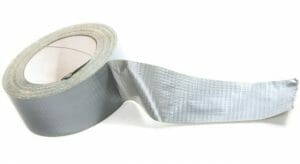 If you experiment, you will find that there are lots of shoes with non-leather/non-suede soles which do fine on most of the dance floors you frequent. If you are like me and crew TangoForge, the tendency is that you realize that one pair of treet shoes has become one of your favorite dance shoes, so you give them an upgrade, wash the streetdirt from the soles, stop wearing them outside and start carrying them in a shoe bag like an official tango shoe.
If you experiment, you will find that there are lots of shoes with non-leather/non-suede soles which do fine on most of the dance floors you frequent. If you are like me and crew TangoForge, the tendency is that you realize that one pair of treet shoes has become one of your favorite dance shoes, so you give them an upgrade, wash the streetdirt from the soles, stop wearing them outside and start carrying them in a shoe bag like an official tango shoe.
But most of my friends don’t even carry shoes, they carry duct-tape which can be used to transform or adjust any shoes to the surface at hand.
Other Functional issues
- Your shoes need a strap or laces so that they don’t fall off when you walk backward or when your foot flies through the air.
- The toe portion of the shoe must be able to pivot. Many types of shoe soles, including some plastic and rubber soles pivot just fine on wood surfaces. Dancers who use a lot of muscle in their pivot may prefer grip to slip in their shoes. My friend dancer Pedro Farias has switched from leather to rubber toes.
- The shoe must not extend forward of the foot. Your shoes need a round front end, which is close to your toes. Not pointy. There should not be a gap between your toes and the end of the shoe. They don’t need to be tight, just nearby.
- Your shoes’ soles need to not protude sideways from the upper.
That’s it. As long as it meets these requirements, it’s a tango shoe. There are many shoes more attractive, affordable, and comfortable than proper tango shoes.
If you like to wear stilettos, you may find that tango tests the quality of stitching and glue used to hold the uppers to the sole. My stiletto shoe-bags are each equipped with a pair of colorful ribbons matching the shoe to secure it in case of malfunction.
If you like bejeweled shoes make sure the jewels are mostly on the top and outside of the foot, or be ready to lose them when your feet pass.
When I’m not wearing stilettos, I prefer to wear shoes with rubber heels rather than wood, because it makes my movement strong and athletic.
Pain in your feet
If you have pain in your feet in less than two hours of dancing, you are probably harming them in some way. Try different shoes.
If you have very strange feet, you may want to get custom lasts made. This is not the same thing as a casting of your foot. It’s a special device used for making shoes, which is custom to the needs of your feet. If you invest (€1000) in your own lasts, you can take them to different shoemakers to have shoes built on them. Here are some places you can get them made:
New York City: //www.olivermoorebootmakers.com/
London: Springline //springline.net/bespoke.htm
Expense
Tango shoes are expensive, and often problematic.
I recommend you actually try all the shoes in your closet before your buy something new. You’ll be surprised by which one you enjoyed the most. Then take this knowledge and try some inexpensive shoes similar to it. Eventually you’ll be confident in your investment.
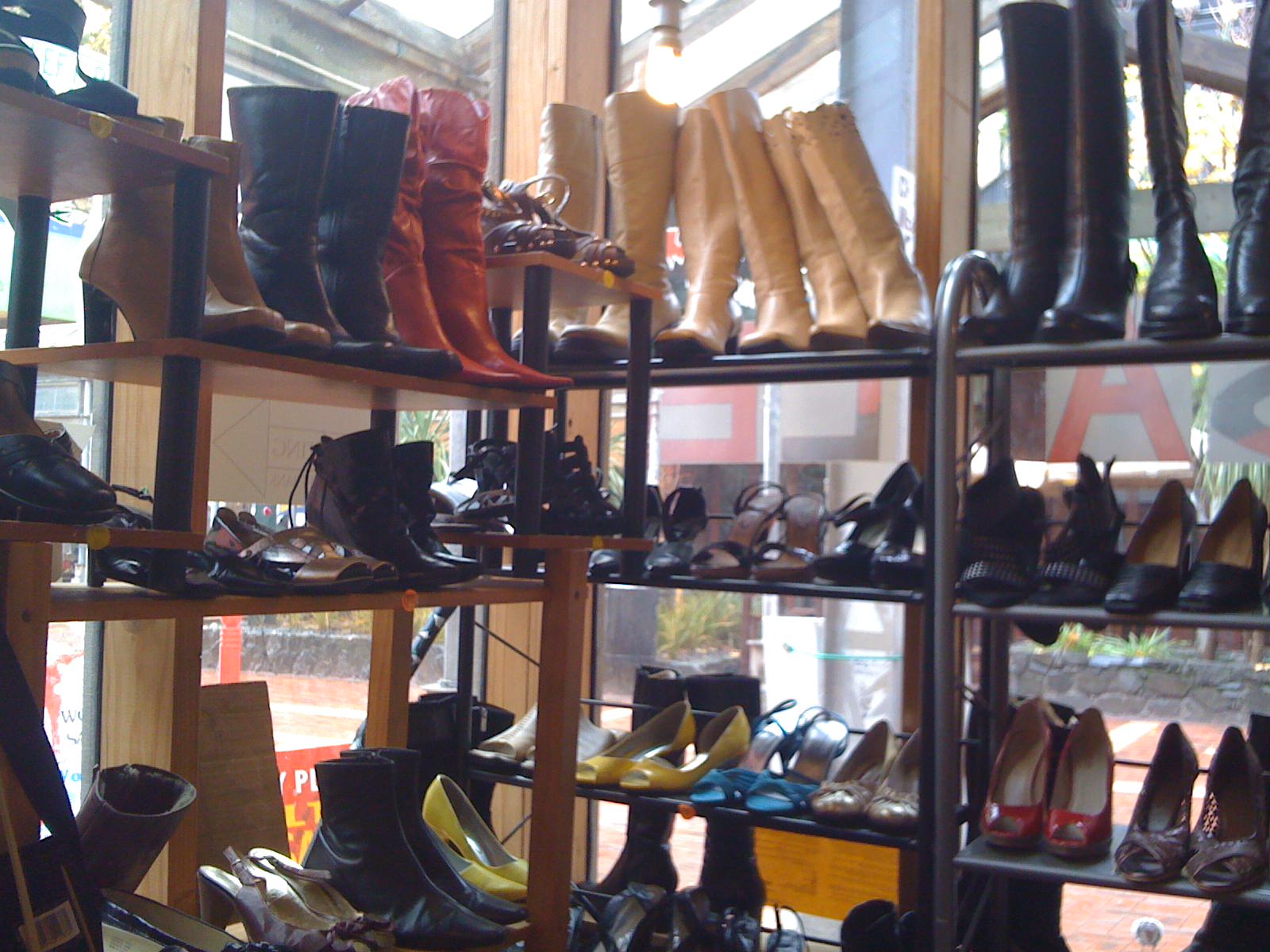
Once you find something that works for you, you’ll know what to look for in the shops.Once you know what you want, use an online shoe retailer like Amazon that has complex search features to find the style you need at the price you want. Good online shoe retailers allow you to view the shoe from every angle to make sure it meets tango criteria, and they also offer free returns which most tango retailers don’t.
I discovered that platform wedge sneakers work best for me (photos below), so now I can search for the exact heel and platform height I want, restrict by color, and find new brands and models.
If your fantasy is to order “custom” shoes in Buenos Aires, read this post first.
If you find a pair of shoes which is fantastically comfortable to dance in, but just too sticky, all you need is some scrap leather and contact cement. Trace the front half of both shoes on the leather (you can choose to have the leather side facing the floor – in case you also want to wear in the street, or the suede side –for velvety dancing but don’t get it wet), cut out the tracing, and read the instructions on the glue. Put something heavy inside the shoes (skinny chair legs are great!) to improve the seal and wait overnight.
In general I find that 1 out of every 5 pair of shoes I buy actually work. I’ve come to accept this.
Style
As I have written in other posts, I think tango shoes generally have no style whatsoever and I am not personally attracted to them. If you like them, go for it, that’s fine.
Please feel absolutely free to wear other shoes.
Women reveller shoes
Women are not required to wear hgh heels. If you don’t like them, or don’t feel comfortable in them, don’t bother. Low-heeled tango shoes have a grandmotherly look. The kind of grandmothers who dance tango tend to be much sexier than that. Better to find a stylish fashion shoe that you find comfortable or wear beautiful ballet shoes, like these from Sansha.
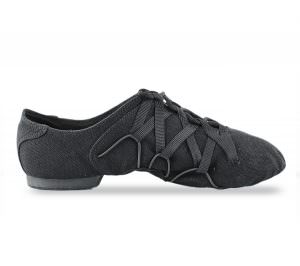
Women who don’t like or don’t feel comfortable in high heels will not dance well in them. I have asked many of my students to try dancing in a sneaker-style shoe and found them to use their body much better. Remember that your confidence and pleasure are the goal here, not dressing for an arbitrary imagined external viewpoint.
But this does not mean that I recommend common dance practice shoes as the alternative. These tend to be lace-up sneakers which look dreadful with skirts. The only non-sneaker practice shoe for women is the DNI baby-doll, but unfortunately they look like rainboots.
For those women who do love to wear high heels, I think you can find more beautiful shoes and far superior customer service at fine department stores, boutique shoe stores, and local artisan shoemakers.
Two things make tango heels tend to be unattractive. The first is the use of standard prefab heels, rather than heels designed as part of a shoe, or for a seasonal line. The second is design by recombinations of modular toe and heel sections in different colors and fabrics, rather than fashion design. See my post on Comme Il Faut shoes. An exception to this practice in Buenos Aires is VB Tango Shoes.
Women’s marking shoes.
This is the difficult area! Women who mark in pants can wear men’s tango shoes if they can find them in the right size. Marcue makes brogues for women. But if you mark in a skirt, or you want to switch from mark to revel in the same shoes, the situation is dismal.
The best I’ve found for changing roles while wearing a skirt (and therefore avoiding lace-up shoes) are solid strappy wedges, stable wide-heeled boots, and platform wedge sneakers.
Men’s marking Shoes
Fortunately the situation with men’s tango shoes is somewhat better. The shoes tend to be more attractive because they are designed as one whole, rather than separate front and back sections. I especially like brogues for tango, but you can easily find beautiful brogues in regular shoe stores. Marcue makes gorgeous custom-made brogues in fabulous colors with custom fitting service and international return shipping.
For marking, I prefer a shoe with a soft rubber heel, and sneakers are more likely to offer this. If you’ve never danced in a sneaker, I recommend you give it a try and see how it affects muscle activation in your legs. If you decide that you like the feeling, then you’ll want the same feeling in a dress shoe. Companies like Camper, LaCoste, and Puma’s Ferrari and Ducati lines make fancy and flamboyant sneakers out of black patent leather and other dressy materials. Designer shoes may cost more in some cases than tango shoes, but come with far less frustration and waiting.
Puma and Tiger both make beautiful sneakers, some of which have minimally gripping soles. Many marks I know are now dancing in Pumas and Tigers without even modifying the soles.
Shoes for men who switch from mark to revel
Most men revel just fine in their marking shoes, but I’m sure this wil be an area of development as more men begin to revel socially. I would be sure to get round-toed shoes that do not point AT ALL. Points on the front can make projection and pivoting less comfortable.

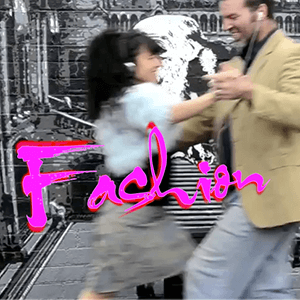

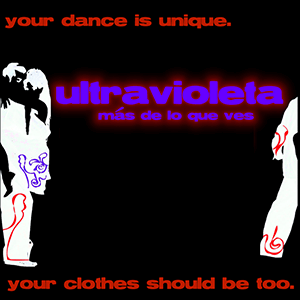
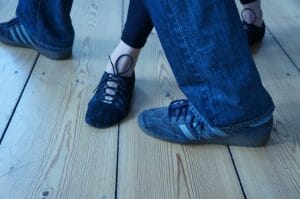 Do I have to wear high heels?
Do I have to wear high heels?